Bleeding Heart propagation
dirthappy
17 years ago
Related Stories
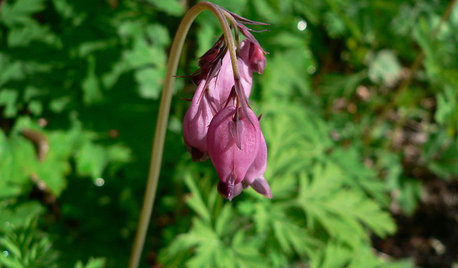
GARDENING GUIDESGreat Design Plant: Western Bleeding Heart
Delicate heart-shaped flowers belie a tough nature in this woodland spring perennial
Full Story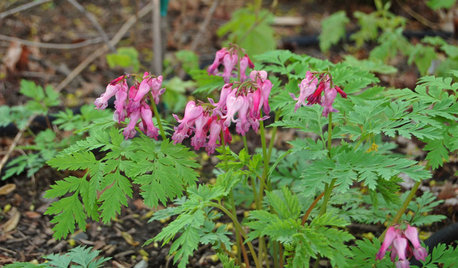
GARDENING GUIDESGreat Design Plant: Dicentra Eximia Brightens Shady Gardens
This North American bleeding heart species blooms from spring to fall and welcomes bees and hummingbirds
Full Story
HOUSEPLANTSMeet a Long-Lasting Houseplant With a Forgiving Heart
Low light and little watering won't scar Zee Zee plant for life; this East Africa native has a tolerant nature and an exotic beauty
Full Story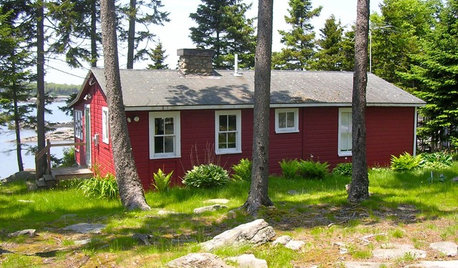
Places in the Heart: A Postcard from Maine
Weathered Wood, Windowboxes and Glorious Gardens Contribute to Maine's Mid-Coast Charm
Full Story
DECORATING GUIDESRoom of the Day: A Fresh Mix in a Traditional Colonial
A designer combines rich colors and fabrics with lighter pieces in a living room that's the heart of a North Carolina home
Full Story
PLANTING IDEASWant a More Colorful, Natural Garden? Try a Perennial Meadow
Spend less time tending and more time taking in the sights by improving on Victorian and prairie garden designs
Full Story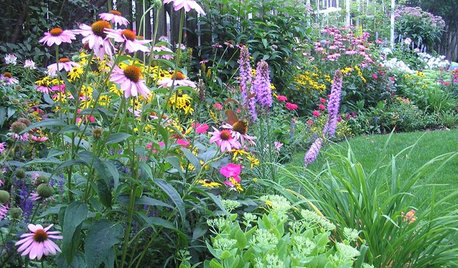
LANDSCAPE DESIGNTry Slow Gardening for Some Unexpected Benefits
Why set your garden on the fast track? Here's how to relax and enjoy it in an entirely new way
Full Story
GARDENING GUIDES6 Steps to Get a Garden Off to a Glowing Start
Grow a lush, balanced garden from an empty patch of yard or neglected landscape spot with these easy-to-follow guidelines
Full Story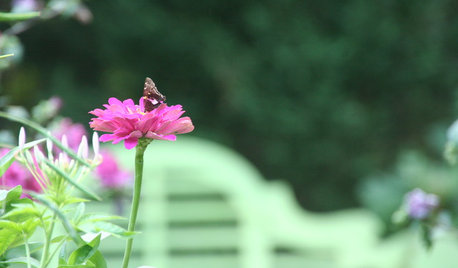
GARDENING GUIDESSoutheast Gardener's August Checklist
Brave the August heat and humidity in your summer garden, and you'll reap rewards this fall
Full Story
LANDSCAPE DESIGNGreat Design Plant: Retreat to the Shade of Hardy Catalpa
Big foliage and a towering height provide a shady respite in summer, but that's not all hardy catalpa offers dedicated gardeners
Full Story





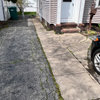
magicman2u
dirthappyOriginal Author
Related Professionals
Comstock Park Landscape Architects & Landscape Designers · Norton Shores Landscape Architects & Landscape Designers · Panama City Landscape Architects & Landscape Designers · Saint Louis Park Landscape Architects & Landscape Designers · Roxbury Crossing Landscape Architects & Landscape Designers · Berkley Landscape Contractors · Dedham Landscape Contractors · Fairfield Landscape Contractors · Severna Park Landscape Contractors · West Orange Landscape Contractors · Dardenne Prairie General Contractors · Jacinto City General Contractors · Klahanie General Contractors · Pasadena General Contractors · Tabernacle General Contractorspenny1947
jannie
waplummer
hammerl
oldroser
ken_mce
magicman2u
kitkat65
b_walsh50_live_com
penny1947
Matthebrute
penny1947
party_music50